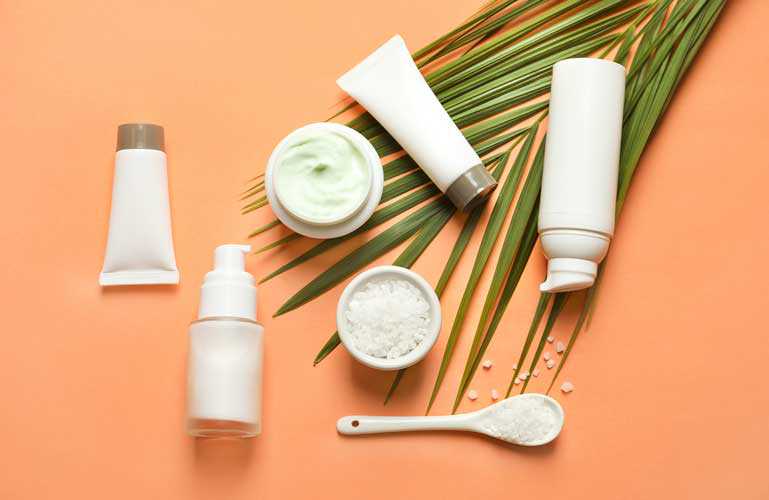Mercury content dangerously high in skin lightening products

The most popular skincare products in Bangladesh are perhaps the ones that guarantee to make one “fair” in just a few weeks. To a large extent, these products do manage to brighten your skin by several shades.
But how do they do it? And what are their side effects?
The key ingredient in all the skin lightening products that make the skin “fair” is found to be mercury, a dangerous element that – depending on the extent of exposure – can cause an array of serious health problems that can range from skin disease and headache to infertility and cancer, according to scientists.
An international study conducted in 2017 and 2018 found that most of the skin lightening products that are readily available in Bangladeshi markets contain dangerous levels of mercury – far beyond the recommended level of 1ppm (parts per million), as per the Minamata Convention on Mercury.
The study was conducted by Zero Mercury Working Group (ZMWG), an international network of NGOs working on public health and environment issues in more than 50 countries.
The report of the study, titled “Mercury-Added Skin-Lightening Creams: Available, Inexpensive and Toxic,” was published in November.
The findings of the report put Bangladesh at the top of the list of 22 countries where skin lightening products, containing dangerous levels of mercury, are popular and easily available.
In fact, in 2018, Bangladesh was found to be market to four of the top five skin lightening creams with the highest levels of mercury.
Bangladesh is also a party to the Minamata Convention, an international treaty signed by 128 countries in Japan in 2013, agreeing to completely phase out the use of mercury in all skincare products.
The findings
During the study, with the help of its partner NGOs, ZMWG collected a total of 338 samples of skin lightening products from 22 countries.
The samples collected in 2017 were tested in the US, while 2018 samples were tested in Greece.
Among the samples, 34 creams were found to have mercury content ranging between 93ppm and 16,353ppm.
According to the study, almost 50% creams available in Bangladesh were found to contain more than 1ppm of mercury.
Around 31% of the samples collected from Indonesia were found to exceed the Minamata Convention limit, 33% from the Dominican Republic, 7% from Mauritius, 19% from the Philippines, 20% from Trinidad and Tobago, and 63% in Thailand – the highest.
Source: https://www.dhakatribune.com